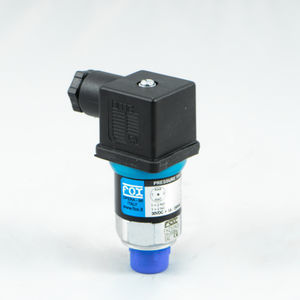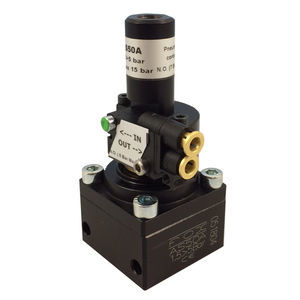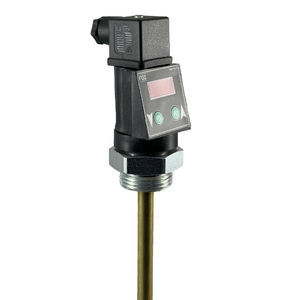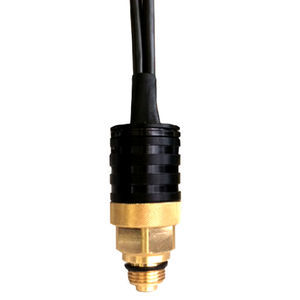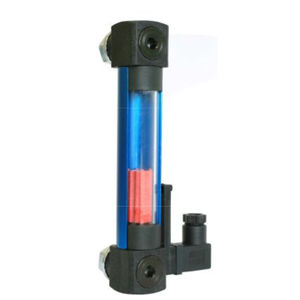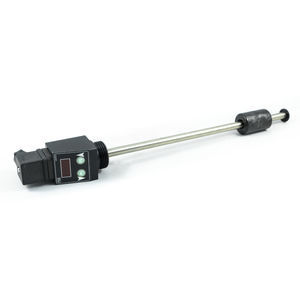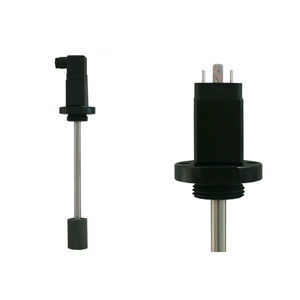
Electromechanical pressure switch F3IP65for hydraulic applicationsadjustable





Add to favorites
Compare this product
Characteristics
- Technology
- electromechanical
- Protection level
- IP65
- Applications
- for hydraulic applications
- Other characteristics
- adjustable
- Pressure range
Min.: 0 bar
(0 psi)Max.: 600 bar
(8,702.26 psi)- Process temperature
Min.: -20 °C
(-4 °F)Max.: 80 °C
(176 °F)
Description
Switching frequency: 90 cycles/min
Operating point: adjustable through an internal screw
Switching accuracy: ± 4% of end of scale at 20°C
Fixed hysteresis value:
- membrane execution ~ 10% of end of scale at 20°C
- piston execution ~ 15% of end of scale at 20°C
Weight: 0,08 Kg:
Electric features:
- Maximum load:0.5A at 250 Volt AC, 0.15 A at 110 Volt DC
- Exchange contacts (Common, NO and NC) – SPDT
- Electric connection according to DIN43650 for M2 and M3
- Electric protection according to DIN40050, IP65
- ATEX certification ATEX II 3G Ex nc IIB T6 Gc IP65
Warranty: see dedicated page
Spare parts: see dedicated page
Also available:
- Special max pressure
- Special electrical connection
- Special value of hysteresis
- CU-TR for Russian market
- UL-CSA for electric part only
- Electric protection according to DIN 40050, IP54 with P1 protection Cap (Atex execution not applicable)
- Separator in stainless steel, carbon steel or plastic (<10 bar) for corrosive and/or high percentage of solid particles
Catalogs
Product catalogue
81 Pages
Exhibitions
Meet this supplier at the following exhibition(s):

Related Searches
- Level limit switch
- Liquid level limit switch
- Pressure switch
- Float level switch
- Mechanical pressure switch
- Stainless steel level limit switch
- Waterproof pressure switch
- Threaded level limit switch
- Diaphragm pressure switch
- Liquids level indicator
- Tank level detector
- Adjustable pressure switch
- Pressure transducer
- Flow switch
- Differential pressure switch
- IP65 level limit switch
- Analog pressure transducer
- Gas pressure switch
- Liquid flow switch
- IP65 pressure switch
*Prices are pre-tax. They exclude delivery charges and customs duties and do not include additional charges for installation or activation options. Prices are indicative only and may vary by country, with changes to the cost of raw materials and exchange rates.




